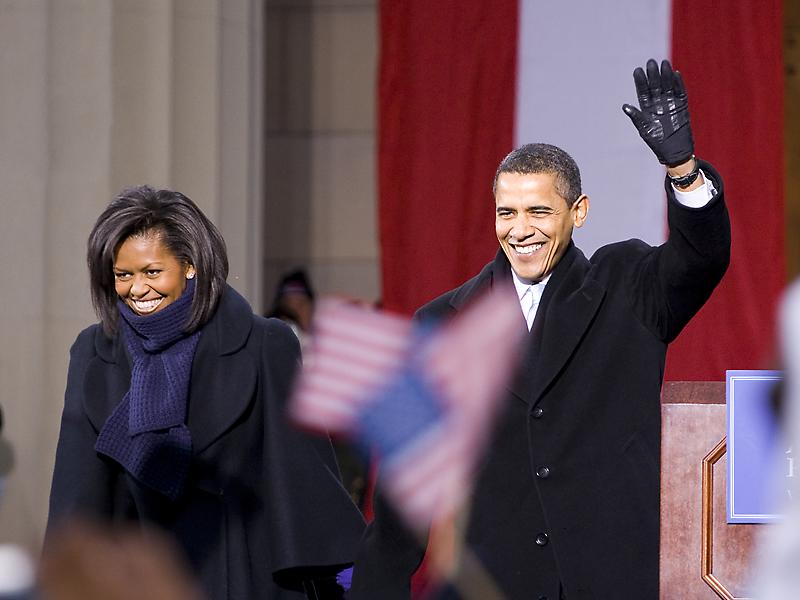Discussion about the 2016 election has almost exclusively focused on what happened in the so-called “Rust Belt.” The fact that Donald Trump won states like Pennsylvania, Ohio, Michigan, and Wisconsin—even by incredibly small margins—has been the big story.
Trump campaigned on a promise to revive manufacturing in the United States, a pledge that played particularly well in the Rust Belt. But lately, the headlines have been pretty grim. The GM plant in Lordstown, Ohio shut down this spring and U.S. Steel announced this week that it plans to lay off hundreds of workers in Michigan. We learned a bit more about the big picture on Thursday.
U.S. manufacturer growth slowed to the lowest level in almost 10 years in August, the latest sign that the trade war may be exacerbating the economic slowdown.
The U.S. manufacturing PMI (purchasing managers’ index) was 49.9 in August, down from 50.4 in July and below the neutral 50.0 threshold for the first time since September 2009, according to IHS Markit. Any reading below 50 signals a contraction.
All of that is happening just as the Obamas’ production company, Higher Ground, debuted its first documentary film on Netflix titled, “American Factory.”

Here’s a brief synopsis from Ted Johnson.
In a final scene of the Netflix documentary American Factory, the chairman of a Chinese auto glass company walks through the sprawling floor of one of the company’s factories in Dayton, Ohio, as an aide points to different departments where employees will soon be replaced by robotic arms and other machines.
“We’re hoping to cancel four workers in July or August,” the aide tells him, almost proudly, before adding, “They are too slow.”
Scenes like this are typical in the film, which depicts the fallout after Shanghai-based Fuyao Glass revives a former GM plant and hires many of its American former employees. The employees are at first excited to have new jobs, but soon find themselves struggling to swallow a fraction of their former pay, difficult working conditions and the prospect that, no longer protected by a union, they could be fired at any moment.
Johnson writes that this film is “the Obamas’ first big anti-Trump statement of 2020.” But that suggests that the purpose of the film is to promote an agenda. It isn’t. Manohla Dargis gets to the heart of what it’s all about.
The feature-length story they tell here is complex, stirring, timely and beautifully shaped, spanning continents as it surveys the past, present and possible future of American labor. [Filmmakers] Bognar and Reichert spent a number of years making “American Factory,” a commitment that’s evident in its layered storytelling and the trust they earned. American and visiting Chinese workers alike open their homes and hearts, including Wong He, an engaging, quietly melancholic furnace engineer who speaks movingly of his wife and children back in China.
His is just one story in an emotionally and politically trenchant chronicle of capitalism, propaganda, conflicting values and labor rights.
Dargis’s view is confirmed by a conversation Barack and Michelle Obama had with the filmmakers where they talk about what drew them to the film: “the power of storytelling, building connections, celebrating the human spirit, and giving voice to people who do not typically appear on screen.”
People who want a villain to blame for what is happening to American workers or a soundbite about how to fix things will not find either in “American Factory.” The most likely candidate for the role of villain is the Chinese billionaire Cao Dewang, owner of Fuyao Glass, who complains about how lazy American workers are and threatens to shut the factory down if workers unionize. But at one point in the film he questions the whole process of modernization from which he profits and says, “I don’t know if I’m a contributor or a sinner.”
It is clear that the Obamas didn’t bring us this film to promote a specific agenda—or even to make an anti-Trump statement. They simply want us to hear the stories of the people involved. If that is something you are willing to do, “American Factory” is definitely worth two hours of your time.



